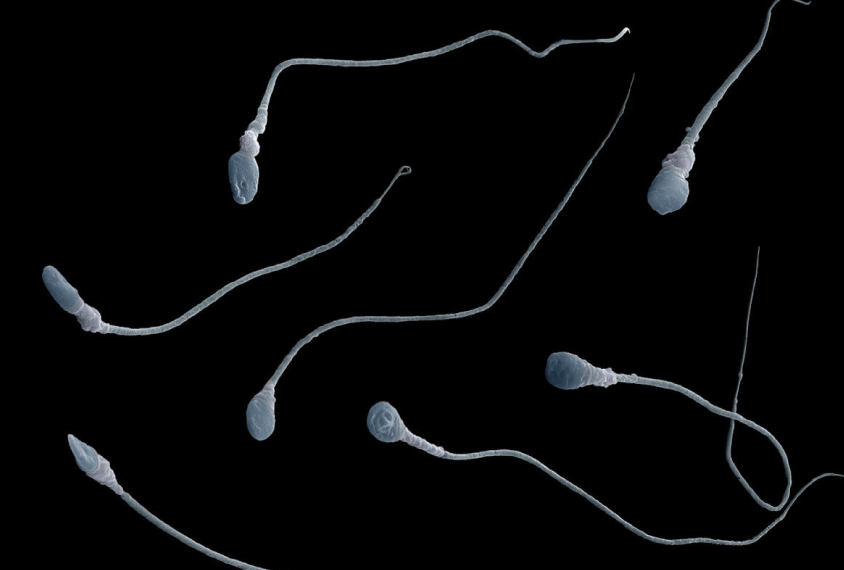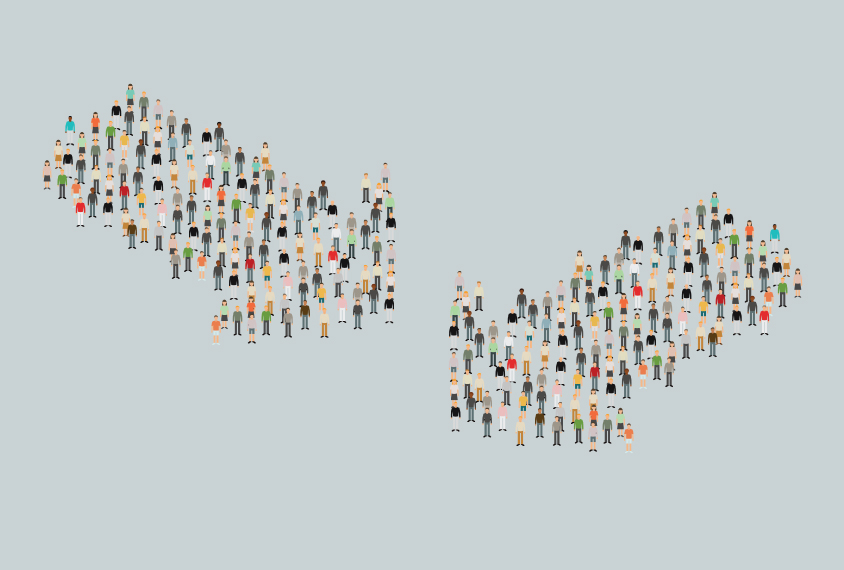ASHG 2018
Recent articles
Some autism mutations go undetected, new study suggests
Some mutations that contribute to autism and arise spontaneously may be mistaken for inherited mutations.

Some autism mutations go undetected, new study suggests
Some mutations that contribute to autism and arise spontaneously may be mistaken for inherited mutations.
Massive sequencing project identifies new genetic syndromes
The largest-ever set of sequences from people with developmental delay has revealed 43 new genetic diagnoses.

Massive sequencing project identifies new genetic syndromes
The largest-ever set of sequences from people with developmental delay has revealed 43 new genetic diagnoses.
Mini-brains may pin down key genes in large mutations
Clusters of brain cells — so-called 'mini-brains' grown in the lab — may help researchers understand how large stretches of duplicated or deleted DNA affect the brain.

Mini-brains may pin down key genes in large mutations
Clusters of brain cells — so-called 'mini-brains' grown in the lab — may help researchers understand how large stretches of duplicated or deleted DNA affect the brain.
Mutation types tied to autism converge on shared set of genes
Genes linked to autism in sequencing studies tend be located in long stretches of DNA that are duplicated or missing in some people with developmental conditions.

Mutation types tied to autism converge on shared set of genes
Genes linked to autism in sequencing studies tend be located in long stretches of DNA that are duplicated or missing in some people with developmental conditions.
Some ‘autism genes’ show stronger ties to related conditions
The largest autism sequencing study to date implicates 99 genes in the condition — but nearly half have a tighter link to intellectual disability or developmental delay.

Some ‘autism genes’ show stronger ties to related conditions
The largest autism sequencing study to date implicates 99 genes in the condition — but nearly half have a tighter link to intellectual disability or developmental delay.
Explore more from The Transmitter
Some facial expressions are less reflexive than previously thought
A countenance such as a grimace activates many of the same cortical pathways as voluntary facial movements.

Some facial expressions are less reflexive than previously thought
A countenance such as a grimace activates many of the same cortical pathways as voluntary facial movements.
Cracking the neural code for emotional states
Rather than act as a simple switchboard for innate behaviors, the hypothalamus encodes an animal's internal state, which influences behavior.

Cracking the neural code for emotional states
Rather than act as a simple switchboard for innate behaviors, the hypothalamus encodes an animal's internal state, which influences behavior.
Alex Maier argues that a scientific explanation of consciousness requires grounding in formalized mathematics
When it comes to discovering laws of nature for consciousness similar to those in physics, Maier argues that integrated information theory is the only game in town.
Alex Maier argues that a scientific explanation of consciousness requires grounding in formalized mathematics
When it comes to discovering laws of nature for consciousness similar to those in physics, Maier argues that integrated information theory is the only game in town.